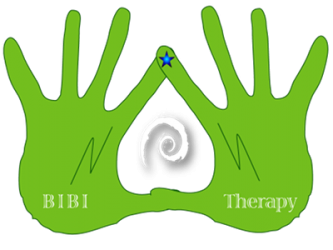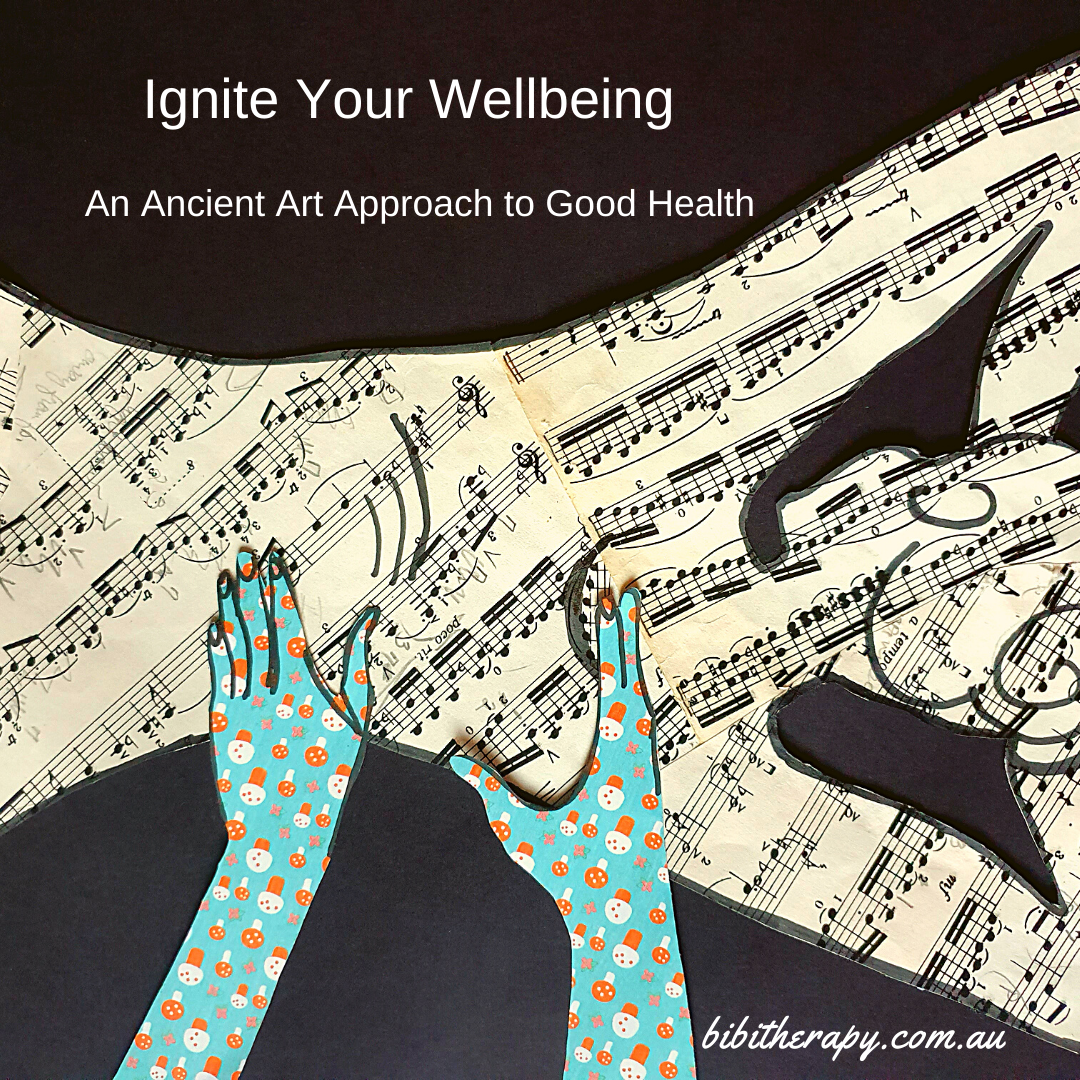An Ancient Art Approach to Good Health
Aromatherapy an Overview
Where do you find stillness? How do you ease your racing thoughts in your life? The physical and mental body is adversely affected by stress, pollution, unhealthy diets, and hectic yet sedentary lifestyle.
One of my favourite ways to create calmness in my life is through Aromatherapy.
Aromatherapy is a complementary holistic therapy that uses natural plant oils in the form of essential oils. The value of natural plant oils has been recognised for more than 6000 years, not only for the sheer pleasure of their fragrance but mostly for their healing, cleansing or mood-altering properties. Today’ science validates all of the above mentioned properties and so much more.
Aromatherapy aims to enhance and/or balance a person’s physical, spiritual, emotional and mental capacity. Although it can act as a preventive to disease state, Aromatherapy ignites your wellbeing by improving mental and physical health. It does that through the specific qualities of the essential oils being used either through massage or inhalation. Although these qualities aim to stimulate, refresh or sedate an individual, in rare cases they may also lead to adverse reactions.
Essential oils are highly potent and in some cases may cause allergic skin reaction. That is why at BIBI Therapy we always take your health history before your aromatic treatment as well as we skin patch test for possible allergic reaction to the essential oils to be used.
Historical Perspective
Historically, the origins of aromatherapy use can be traced trough the religious, medical and social practices. It is believed that the remarkable medicinal powers of plants have been discovered in ancient China around 4500 B.C. However, the Egyptian hieroglyphs and current research indicate that the ritual of mummification using plant-based oils aromatic preparations was very well established by 4500 B.C. (Jones et al, 2018).
Since then, great herbalists as well as scientists throughout the world have uncovered many stunning uses of plants in the form of essential oils. The application of aromatherapy from embalming to beauty and ultimately to health and well-being is constantly evolving as contemporary research makes use of novel technologies and increased understanding of human body.
Why Do We Feel so Good after Having an Aromatherapy Session?
Is there such a thing as good health (Fred, 2013)? An ancient quote on best health is attributed to Agamemnon:
”There is a limit to the best of health: disease is always a near neighbor.”
For me the absence of pain is essential for wellbeing as pain is often debilitating both physically and mentally. The antinociceptive or pain reducing qualities of essential oils have only been recently validated by modern science.
The power of touch during a massage session has inestimable values. But it is our own brain that transforms the touch into feel good sensation. All those tight muscles, tension and stress melt away all because the brain, through its autonomic nervous system. This system engages in involuntary processes that calm down the mental activity, decreasing the blood pressure, slowing the pulse rate and ultimately leading to relaxation and tranquillity. Furthermore, there is a healing effect that is induced within the body during an aromatic massage therapy:
Here are some well researched and documented reasons as to why aromatherapy massage is effectively enjoyable:
- Massages stretches and pulls muscles accelerating the healing process (Crane et al, 2012);
- The combination of gentle massage and essential oils ameliorates the effects of arthritis (Bahr et al, 2018)
- Back and foot massage effectively improves blood pressure and sleep quality (Arslan et al, 2020);
- Manual therapies, including but not limited to massage therapy, for migraine sufferers may be equally effective as medication treatment (Chaibi, et al, 2011);
- Aromatherapy massage alleviates psychological and physiological responses for older women suffering from anxiety and depression (Bahrami et al, 2017)
- Abdominal aromatic essential oil massage is an effective way to relieve throbbing pain in primary dysmenorrhea (Ou et al, 2012; Sut et al, 2017).
Resources
Arslan, G., Ceyhan, Ö., & Mollaoğlu, M. (2020). The influence of foot and back massage on blood pressure and sleep quality in females with essential hypertension: a randomized controlled study. Journal of human hypertension, 10.1038/s41371-020-0371-z. Advance online publication. https://doi.org/10.1038/s41371-020-0371-z
Bahrami, T., Rejeh, N., Heravi-Karimooi, M., Vaismoradi, M., Tadrisi, S. D., & Sieloff, C. (2017). Effect of aromatherapy massage on anxiety, depression, and physiologic parameters in older patients with the acute coronary syndrome: A randomized clinical trial. International journal of nursing practice, 23(6), 10.1111/ijn.12601. https://doi.org/10.1111/ijn.12601
Bahr, T., Allred, K., Martinez, D., Rodriguez, D., & Winterton, P. (2018). Effects of a massage-like essential oil application procedure using Copaiba and Deep Blue oils in individuals with hand arthritis. Complementary therapies in clinical practice, 33, 170–176. https://doi.org/10.1016/j.ctcp.2018.10.004
Chaibi, A., Tuchin, P. J., & Russell, M. B. (2011). Manual therapies for migraine: a systematic review. The journal of headache and pain, 12(2), 127–133. https://doi.org/10.1007/s10194-011-0296-6
Crane, J. D., Ogborn, D. I., Cupido, C., Melov, S., Hubbard, A., Bourgeois, J. M., & Tarnopolsky, M. A. (2012). Massage therapy attenuates inflammatory signaling after exercise-induced muscle damage. Science translational medicine, 4(119), 119ra13. https://doi.org/10.1126/scitranslmed.3002882,
Fred H. L. (2013). In good health: an opinion at best. Texas Heart Institute journal, 40(1), 13–14.
Jones, J., Higham, T. F.G., Chivall, D., Bianucci, R., Kay, G. L., Pallen, M. J., Oldfield, R., Ugliano F., Buckley S. A. (2018). A prehistoric Egyptian mummy: Evidence for an ‘embalming recipe’ and the evolution of early formative funerary treatments, Journal of Archaeological Science, 100, 191-200. https://doi.org/10.1016/j.jas.2018.07.011.
Sut, N., & Kahyaoglu-Sut, H. (2017). Effect of aromatherapy massage on pain in primary dysmenorrhea: A meta-analysis. Complementary therapies in clinical practice, 27, 5–10. https://doi.org/10.1016/j.ctcp.2017.01.001
Ou, M. C., Hsu, T. F., Lai, A. C., Lin, Y. T., & Lin, C. C. (2012). Pain relief assessment by aromatic essential oil massage on outpatients with primary dysmenorrhea: a randomized, double-blind clinical trial. The journal of obstetrics and gynaecology research, 38(5), 817–822. https://doi.org/10.1111/j.1447-0756.2011.01802.x

